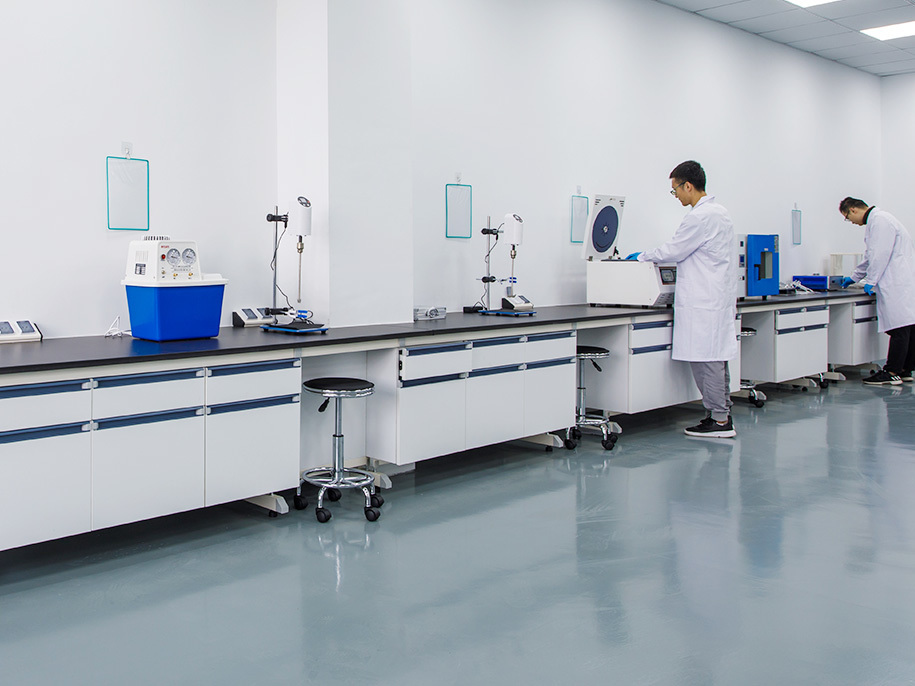How to Get Started with Graphene Oxide – A Beginner’s Guide
You can understand the structure, synthesis methods, forms, and applications of graphene oxide (GO), as well as how to choose, store, and handle graphene oxide safely in this comprehensive beginner’s guide.
Graphene oxide (GO) is a chemically modified form of graphene that contains oxygen functional groups such as hydroxyl, epoxy, and carboxyl. These oxygenated sites make GO highly dispersible in water and polar solvents, allowing easy processing and functionalization.
GO is usually produced from graphite using oxidative methods (e.g., Hummers method) and then exfoliated into single or few-layer nanosheets. Because of its tunable surface chemistry, GO has become an essential material in advanced research and industries such as energy storage, coatings, composites, and biomedicine.
Graphene Oxide is widely considered the gateway to functional graphene materials, offering scalable production and broad industrial usability.
Types of Graphene Oxide
1. Single-Layer Graphene Oxide
-
Structure: One atomic layer thick, with high surface area and uniform oxygen distribution.
-
Applications: Sensors, transparent films, and flexible electronics.
-
Advantages: Excellent dispersibility and reactivity.
2. Few-Layer Graphene Oxide
-
Structure: 2–5 stacked layers with partial restacking.
-
Applications: Composites, coatings, batteries, and structural materials.
-
Advantages: Easier to handle, higher mechanical strength.
3. Reduced Graphene Oxide (rGO)
-
Definition: Partially restored graphene structure obtained by removing oxygen groups through chemical, thermal, or electrochemical reduction.
-
Applications: Conductive films, energy devices, and sensors.
-
Advantages: Higher conductivity and lower oxygen content compared to GO.
Applications of Graphene Oxide
1. Energy Storage Devices
GO enhances the performance of lithium-ion batteries, supercapacitors, and fuel cells by improving electrode conductivity, ion transport, and mechanical stability.
2. Polymer and Composite Reinforcement
When incorporated into polymers, GO improves tensile strength, barrier properties, and thermal stability due to strong interfacial bonding and uniform dispersion.
3. Coatings and Paints
GO-based coatings provide anticorrosion, hydrophobicity, and wear resistance. It also acts as a conductive additive in electrostatic paints.
4. Water Purification and Filtration
GO membranes can remove heavy metals, dyes, and organic contaminants from water due to their oxygen functional groups and tunable interlayer spacing.
5. Biomedical and Biosensing Applications
GO is used in drug delivery, antibacterial coatings, and biosensors, owing to its large surface area, ease of functionalization, and fluorescence quenching ability.
6. Electronics and Flexible Devices
GO inks are compatible with printing and coating techniques for low-cost, flexible electronic devices and conductive tracks.
What Should I Consider When Buying Graphene Oxide?
-
Form: Powder, aqueous dispersion, or paste form depending on the application.
-
Layer Number: Single-layer GO offers better surface activity, while few-layer GO provides mechanical robustness.
-
Oxygen Content: Affects hydrophilicity and electrical conductivity; higher oxygen = better dispersibility.
-
Purity & Particle Size: High-purity GO ensures consistent performance; particle size (0.5–50 μm) influences coating smoothness and dispersion.
-
Concentration (if dispersion): Common concentrations range from 0.5 wt% to 10 wt%.
-
Compatibility: Choose GO that can disperse in your target solvent (water, ethanol, DMF, NMP, etc.).
-
Supplier Reliability: Look for standardized characterization (XPS, Raman, AFM, TEM) and quality control certification.
-
Price Range:
-
Powder form: $200–$800/kg depending on purity and layer count.
-
Aqueous dispersion: $80–$300 per liter depending on concentration.
-
How to Prepare and Handle Graphene Oxide?
Step 1. Inspect packaging and ensure GO is stored in a dry, airtight, and light-protected container.
Step 2. When preparing GO solutions, use deionized water or suitable polar solvents. Avoid metal contamination.
Step 3. Ultrasonicate the dispersion (typically 30–60 minutes) for uniform exfoliation before use.
Step 4. When mixing with polymers, resins, or inks, maintain controlled shear to prevent re-agglomeration.
Step 5. Avoid direct skin contact; use gloves and masks when handling powders.
Step 6. To dry GO films, maintain a low-temperature drying condition (≤80°C) to avoid premature reduction.
Step 7. Dispose of waste and filters following nanomaterial safety protocols.
Best Graphene Oxide Products You Can Purchase in 2025
#1 GO-Pure™ (Single-Layer Graphene Oxide Powder)
-
High surface area (>700 m²/g) and oxygen content (≥35%)
-
Ideal for coatings and energy storage research
-
Price Range: $350–$600/kg
#2 AquaGO™ (Graphene Oxide Aqueous Dispersion)
-
Concentration: 5 wt%
-
Ready-to-use, highly stable water dispersion
-
Ideal for printing, coating, and composite applications
-
Price Range: $120–$250/L
#3 GO-Reduct™ (Reduced Graphene Oxide Flakes)
-
Conductivity: up to 10³ S/m
-
Perfect for conductive inks and electronic coatings
-
Price Range: $400–$800/kg
Graphene oxide serves as the bridge between graphite and graphene — a versatile, scalable, and functional material for modern industries. Whether you are a beginner in nanomaterials or an engineer exploring advanced composites, mastering GO synthesis, dispersion, and handling is the foundation for success in graphene-based technologies.
After reading this guide, do you feel ready to move from graphene oxide novice to graphene innovator?


